Forums
- Forums
- Duggy's Reference Hangar
- RAF Library
- Avro Anson
Avro Anson
Post a reply
- Go to Previous topic
- Go to Next topic
- Go to Welcome
- Go to Introduce Yourself
- Go to General Discussion
- Go to Screenshots, Images and Videos
- Go to Off topic
- Go to Works in Progress
- Go to Skinning Tips / Tutorials
- Go to Skin Requests
- Go to IJAAF Library
- Go to Luftwaffe Library
- Go to RAF Library
- Go to USAAF / USN Library
- Go to Misc Library
- Go to The Ops Room
- Go to Made in Germany
- Go to Campaigns and Missions
- Go to Works in Progress
- Go to Juri's Air-Raid Shelter
- Go to Campaigns and Missions
- Go to Works in Progress
- Go to Skinpacks
- Go to External Projects Discussion
- Go to Books & Resources
-
5 years agoSat Aug 26 2023, 09:59amDuggy
 Main AdminThe Avro Anson is a British twin-engined, multi-role aircraft built by the aircraft manufacturer Avro. Large numbers of the type served in a variety of roles for the Royal Air Force (RAF), Fleet Air Arm (FAA), Royal Canadian Air Force (RCAF) and numerous other air forces before, during, and after the Second World War.
Main AdminThe Avro Anson is a British twin-engined, multi-role aircraft built by the aircraft manufacturer Avro. Large numbers of the type served in a variety of roles for the Royal Air Force (RAF), Fleet Air Arm (FAA), Royal Canadian Air Force (RCAF) and numerous other air forces before, during, and after the Second World War.
Development
In 1933, the British Air Ministry proposed that the Royal Air Force (RAF) acquire a relatively cheap landplane for coastal maritime reconnaissance duties; the proposed aircraft would perform as a supplement to the more capable, but expensive, flying boats which the RAF had adopted for conducting maritime reconnaissance missions. The Air Ministry requested tenders from major aircraft manufacturers to produce a suitable aircraft in order to meet this requirement. Avro decided to respond to the request with the Avro 652A, which was a modified version of the earlier Avro 652, a twin-engined, six-seat monoplane airliner. After evaluating the various submissions received, the Air Ministry decided to place a pair of orders, with Avro and de Havilland respectively, to manufacture single examples of the Type 652A and the de Havilland DH.89 for evaluation purposes in order to meet this requirement late in 1934; an evaluation and the subsequent selection of a design for production to take place by May 1935.
On 24 March 1935, the Avro 652A conducted its maiden flight at Woodford Aerodrome, Greater Manchester. Between 11 and 17 May 1935, the prototype participated in a formal evaluation against the competing DH.89M by the RAF's Coastal Defence Development Unit at RAF Gosport, Hampshire. During these trials, the Avro aircraft proved to be superior and was accordingly selected as the winner of the competition on 25 May 1935. In response to its selection, Air Ministry Specification 18/35 was written around the Type 652A; in July 1935, an initial order for 174 aircraft, which had been given the name "Anson", was received.
On 31 December 1935, the first production Anson performed its maiden flight; changes from the prototype included an enlarged horizonal tailplane and reduced Elevator span in order to improve stability. Additionally, while the prototype had not been fitted with flaps, production aircraft could accommodate their installation from the onset to increase the viable glide angle and reduce landing speed. On 6 March 1936, deliveries to the RAF commenced. By the end of production in 1952, a total of 11,020 Ansons had been completed, which made it the second most numerous (after the Vickers Wellington) British multi-engined aircraft of the Second World War.
Design
The Avro Anson was a twin-engine, low-wing cantilever monoplane. Developed as a general reconnaissance aircraft, it possessed many features that lent itself to the role, including considerable load-carrying ability, and long range. The structure of the Anson was relatively straightforward and uncomplicated, relying on proven methods and robust construction to produce an airframe that minimised maintenance requirements. Much of the internal structure had retained similar to the earlier Avro 652 airliner from which it had been developed. The Anson Mk I was furnished with a low-mounted one-piece wooden wing, composed of a combination of plywood and spruce throughout the wingbox and ribs. The fuselage was composed of a welded steel tubing framework which was principally clad in fabric; the exterior of the nose was clad in magnesium alloy.
The Anson was powered by a pair of Armstrong Siddeley Cheetah IX seven-cylinder air-cooled radial engines, which were each rated at 350 horsepower (260 kW). Each engine was provided with its own duplicated fuel pumps and separate fuel and oil tanks; the tanks were composed of welded aluminium and mounted in cradles housed within the wing. The engine cowling were intentionally designed to have a reduced diameter in order to reduce their negative impact upon external visibility, which was considered to be valuable to the type's reconnaissance function. These engines each drove a set of two-bladed Fairey-built metal propellers.
The Anson was equipped with a retractable undercarriage arrangement, which was uncommon upon its introduction; it holds the distinction of being the first aircraft to feature such an innovation to enter service with the RAF. While the main undercarriage was retracted into recesses set into the bottom of the engine nacelles, the tail wheel was fixed in position. Commonly, the undercarriage was fitted with Dunlop-built wheels, tyres and pneumatic brakes and Turner legs. The retractable undercarriage was mechanically operated by hand; in which a total of 144 turns of a crank handle, situated besides the pilot's seat, was necessitated. To forgo this laborious process, early aircraft would often perform short flights with the landing gear remaining extended throughout, which would reduce the aircraft's cruising speed by 30 mph (50 km/h).
Initially, the Anson was flown with a three-man crew, which comprised a pilot, a navigator/bomb-aimer and a radio operator/gunner, when it was used in the maritime reconnaissance role; from 1938 onwards, it was typically operated by a four-man crew. The bomb-aimer would perform his function from a prone position in the forward section of the nose, which was provisioned with a bombsight, driftsight, and other appropriate instrumentation, including a landing light. The pilot was located in a cockpit behind the bomb-aimer's position and was provided with a variety of contemporary instrumentation, including those to enable flight under instrument flight rules (IFR) and indirect instrument lighting for night flying purposes.
Immediately behind the pilot's position is a small folding seat fixed to the starboard side of the fuselage for an additional crew member or passenger, along with racks that would contain a pair of parachute packs that would be clipped onto the harnesses worn by both the pilot and the navigator. Behind these is the navigator's station, a chair and table provisioned with navigational aids such as compasses, Bigsworth chart boards, sea markers, calculators for course, wind and speed, a signalling lamp and float flares. Aft of the rear spar is the wireless operator's station, this being a table furnished with contemporary wireless apparatus of the era, including a winch for the trailing aerial, which was attached to the upper fuselage immediately behind the aircraft's cockpit.
The defensive armaments of the Anson consisted of a single .303 in (7.7 mm) Vickers machine gun which was fixed within the forward fuselage and aimed by the pilot, while an Armstrong Whitworth-built manually operated gun turret located on the Anson's dorsal section was fitted with a single Lewis gun. Additionally, up to 360 pounds (160 kg) of bombs, which could consist of a maximum of two 100 pounds (45 kg) and eight 20 pounds (9 kg) bombs, could be carried in the aircraft's wings. Those Ansons that were used in the training role were outfitted with dual controls and usually had the gun turret removed, although specific aircraft used for gunnery training were fitted with a Bristol hydraulically operated gun turret, similar to that used in the Bristol Blenheim. The tail fairing of the starboard nacelle contains an inflatable dinghy which is provided with automatic actuators and marine distress beacons.
Operational history
On 6 March 1936, the Anson entered RAF service, No. 48 Squadron was the first RAF unit to be equipped with the type. Upon the type's introduction, it represented a new level of capability for the service, serving not only in a general reconnaissance capacity but also being an effective general-purpose aircraft By the outbreak of the Second World War, the RAF had received a total of 824 Ansons while there were 26 RAF squadrons that were then operating the Anson I: 10 of these were assigned to Coastal Command and the other 16 were with Bomber Command.
By 1939, all of the squadrons assigned to Bomber Command that had been equipped with the Anson I served as operational training squadrons which were used to prepare crews for frontline service. 12 of the squadrons were in No. 6 (Operational Training) Group. Newly formed crews, having previously completed individual flying and technical training courses, were first trained as bomber crews in Ansons before they would advance to the various frontline aircraft types, which were also in the same squadrons with the Ansons. After training in the frontline aircraft type, crews would advance to the frontline bomber squadrons with those aircraft types (Fairey Battle, Bristol Blenheim, Vickers Wellington, Armstrong Whitworth Whitley, and Handley-Page Hampden). At the start of the war, the Lockheed Hudson was beginning to replace the Ansons in Coastal Command, one squadron having been fully equipped with Hudsons and another with both Ansons and Hudsons.
Limited numbers of Ansons continued to serve in operational roles such as coastal patrols and air/sea rescue. Early in the war, an Anson scored a probable hit on a German U-boat. In June 1940, a flight of three Ansons was attacked by nine Luftwaffe Messerschmitt Bf 109s. Remarkably, before the dogfight ended, without losing any of their own, one of the Ansons had destroyed two German aircraft and damaged a third.
The aircraft's true role, however, was to train pilots for flying multi-engined bombers, such as the Avro Lancaster. The Anson was also used to train the other members of a bomber's aircrew, such as navigators, wireless operators, bomb aimers and air gunners. Postwar, the Anson continued in the training and light transport roles. The last Ansons were finally withdrawn from RAF service with communications units on 28 June 1968.
During the 1939?45 war years, the British Air Transport Auxiliary operated the Anson as its standard taxi aircraft, using it to carry groups of ferry pilots to and from aircraft collection points. There was no fatal mechanical failure of an Anson in ATA service, and it was typically very well regarded.
The Royal Australian Air Force (RAAF) operated a total 1,028 Ansons, the majority of these being Mk Is. These aircraft continued to be operated until 1955.
The Royal New Zealand Air Force (RNZAF) operated 23 Ansons as navigation trainers during the Second World War, (alongside the more numerous Airspeed Oxford), and acquired more Ansons as communication aircraft immediately after the war. A preserved navigation trainer is in the Royal New Zealand Air Force Museum at Wigram.
The Royal Indian Air Force operated several Ansons as part of the No.1 Service Flying Training School (India) for Pilot and Navigation training. These Ansons continued this role post-independence and were retired at an unknown date.
The Royal Canadian Air Force (RCAF) and Royal Canadian Navy (RCN) operated 4,413 Anson aircraft, 1,962 British built and 2,451 Canadian built aircraft . The RCN operated the aircraft until 1952. Although the Canadian Ansons were used throughout the training schools of the British Commonwealth Air Training plan for training aircrew, some aircraft were pressed into operational service with the RCAF's Eastern Air Command. A good example of the training schools involvement in combat operations with the EAC during the emergency of the battle is illustrated in an article dated 1 March 2006 of the Royal Canadian Legion magazine entitled Eastern Air Command: Air Force, Part 14; the author Hugh A. Haliday wrote: "The need for Atlantic patrols was undiminished, yet the Battle of the St. Lawrence stretched EAC resources. Based at Charlottetown, 31 General Reconnaissance School was mobilized to fly patrols using Avro Ansons, each carrying two, 250-pound bombs. At the very outset of the war the Anson and its ordnance had failed in RAF anti-submarine work. Now in Canada it was remobilized as an aerial scarecrow. German views varied as to Canadian countermeasures. The captain of U-517 found his operations increasingly restricted by strengthened air patrols. In October 1942, U-69 reported ?strong sea patrol and constant patrol by aircraft with radar."
The United States Army Air Forces (USAAF), employed 50 Canadian-built Ansons, which were designated the AT-20.
The Egyptian Air Force (EAF) operated a fleet of Ansons in communications and VIP duties. A specially outfitted Anson was presented to the then King of Egypt by the RAF. The Royal Afghan Air Force obtained 13 Anson 18 aircraft for various duties from 1948. These aircraft survived until 1972.
Postwar civil use
After the war, Ansons continued in production with Avro at Woodford. At this time, large amounts of the type were being produced for civilian use, where they were operated as light transports by a range of small charter airlines and as executive aircraft by large corporations. Countries which saw civilian operations with Ansons included the United Kingdom, Canada (Mk. V aircraft only), Australia and Denmark.
Railway Air Services operated Ansons on scheduled services from London's Croydon Airport via Manchester to Belfast (Nutts Corner) in 1946 and 1947. Sivewright Airways operated three Mk XIX aircraft from their Manchester Airport base on charter flights as far as Johannesburg and on scheduled flights to Ronaldsway Airport in the Isle of Man until 1951. Finglands Airways operated an ex-RAF Anson I on inclusive tour flights and on scheduled flights from Manchester Airport to Newquay Airport between 1949 and 1952. Kemps Aerial Surveys operated several Anson XIXs on survey work within the UK until their retirement in 1973.
In 1948, India ordered 12 new Anson 18Cs for use by the Directorate of Civil Aviation as trainers and communications aircraft; these were delivered from Yeadon in the spring of 1949.
Ansons continued to be manufactured by Avro at Woodford for the RAF until March 1952; the type was used as trainers and served in the role of Station communications aircraft until 1968.
The wooden wings of Ansons flying in Australia were found to fail at a high rate. The phenolic glue bonds would part, and it was speculated that the problem was due to the high humidity. In 1962, the Commonwealth Government decided to ground the majority of wooden-winged aircraft then in operation; amongst those aircraft affected, the Anson and De Havilland Mosquito were included. Of the Ansons, no such aircraft were re-registered as the government had mandated a test that essentially destroyed the wings, thus requiring the fitting of new wings. Most owners decided to voluntarily scrap their aircraft well before this time.
By the 21st century, the vast majority of Ansons had been retired from flying. However, a single Anson Mk.I, which had been originally manufactured during 1943, had been restored to airworthiness, having been refitted with later metal wings. On 18 July 2012, this restored aircraft returned to the air in Nelson, New Zealand.
As usual right click





























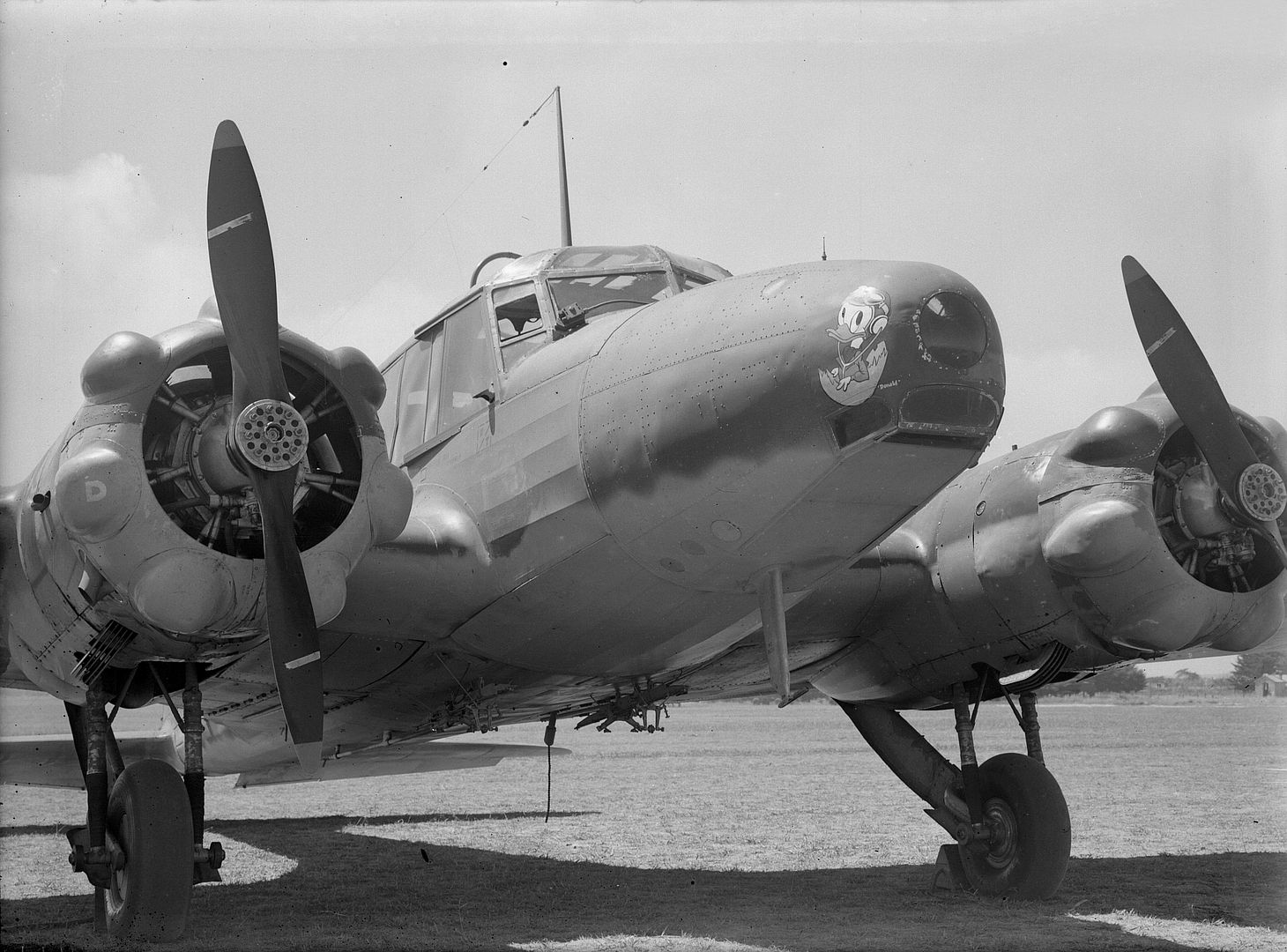

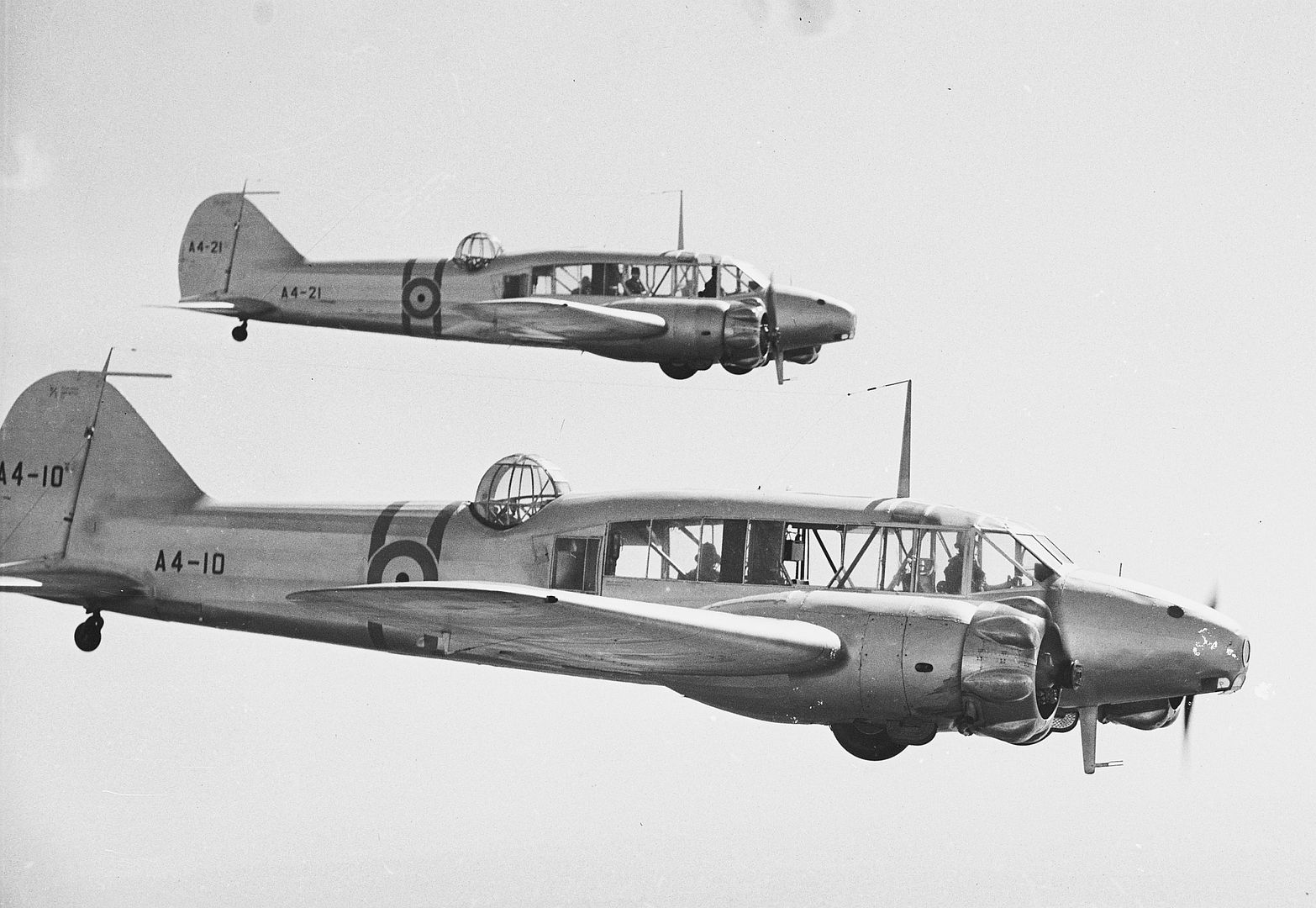
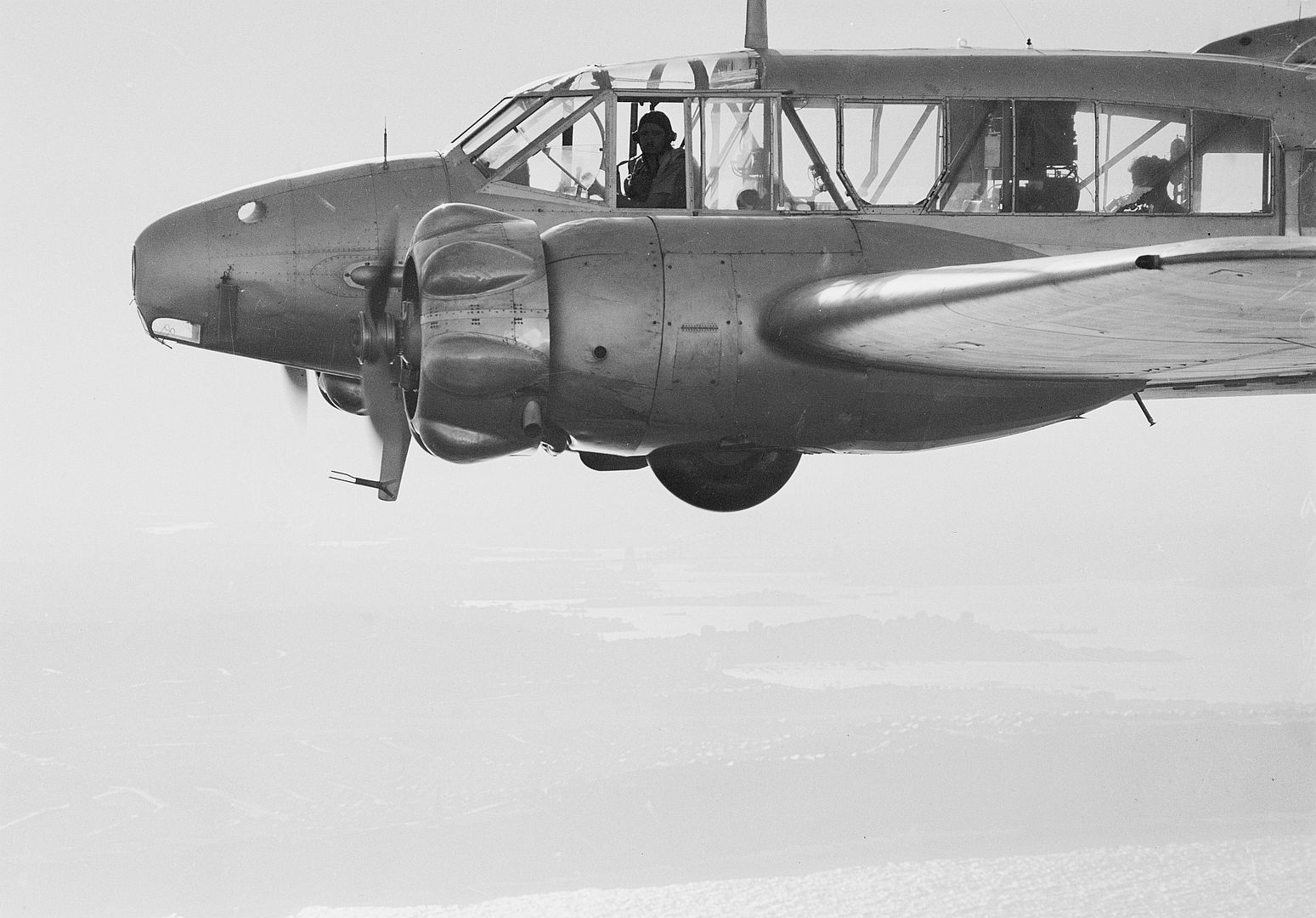
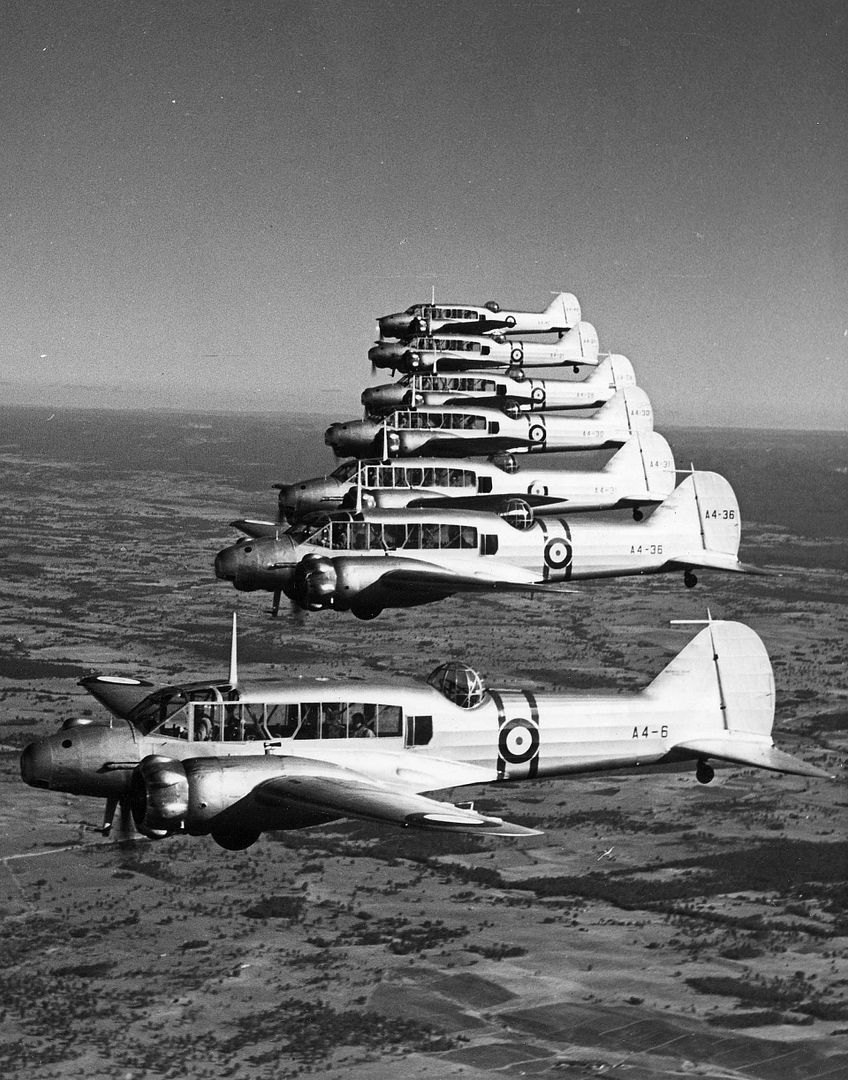
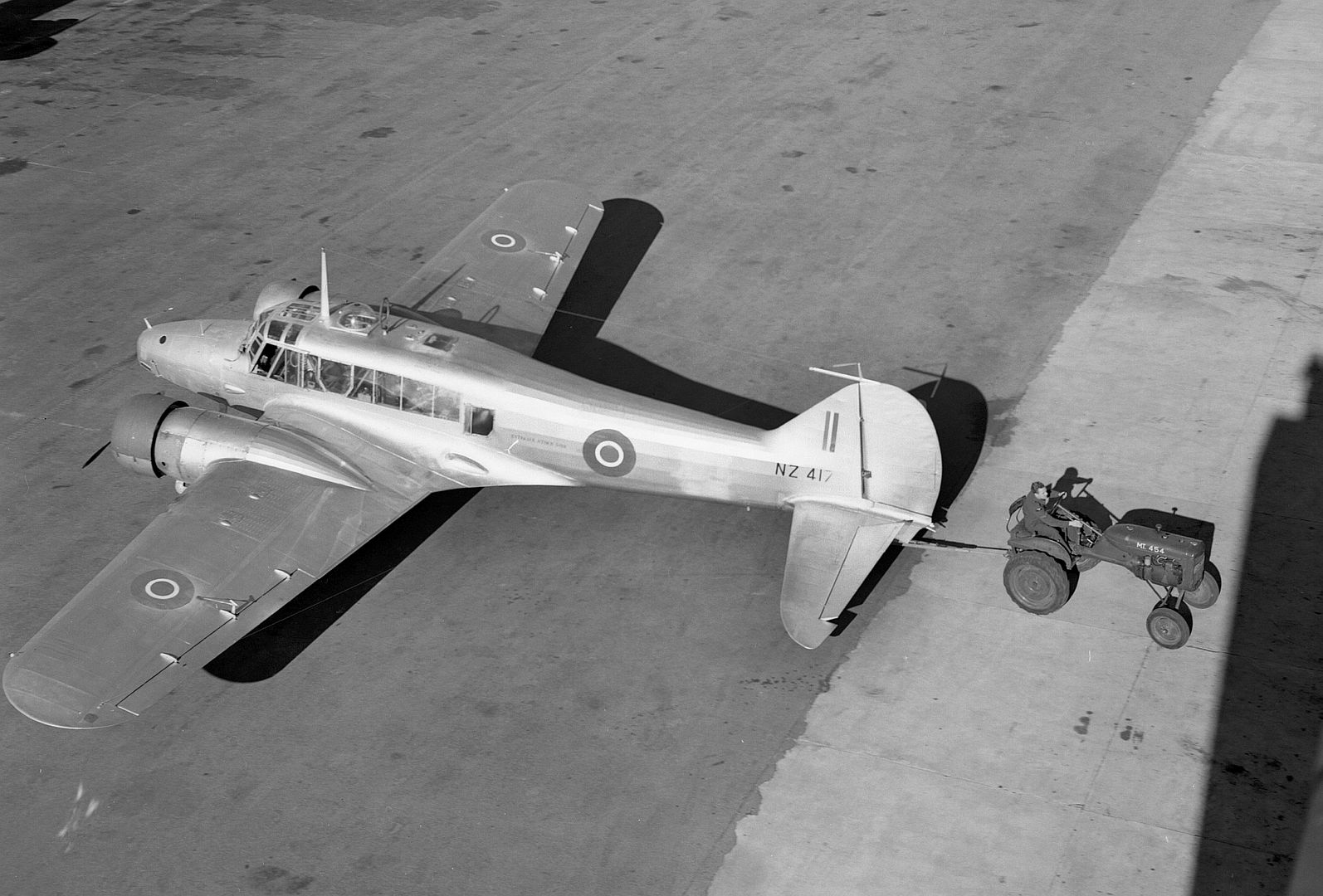
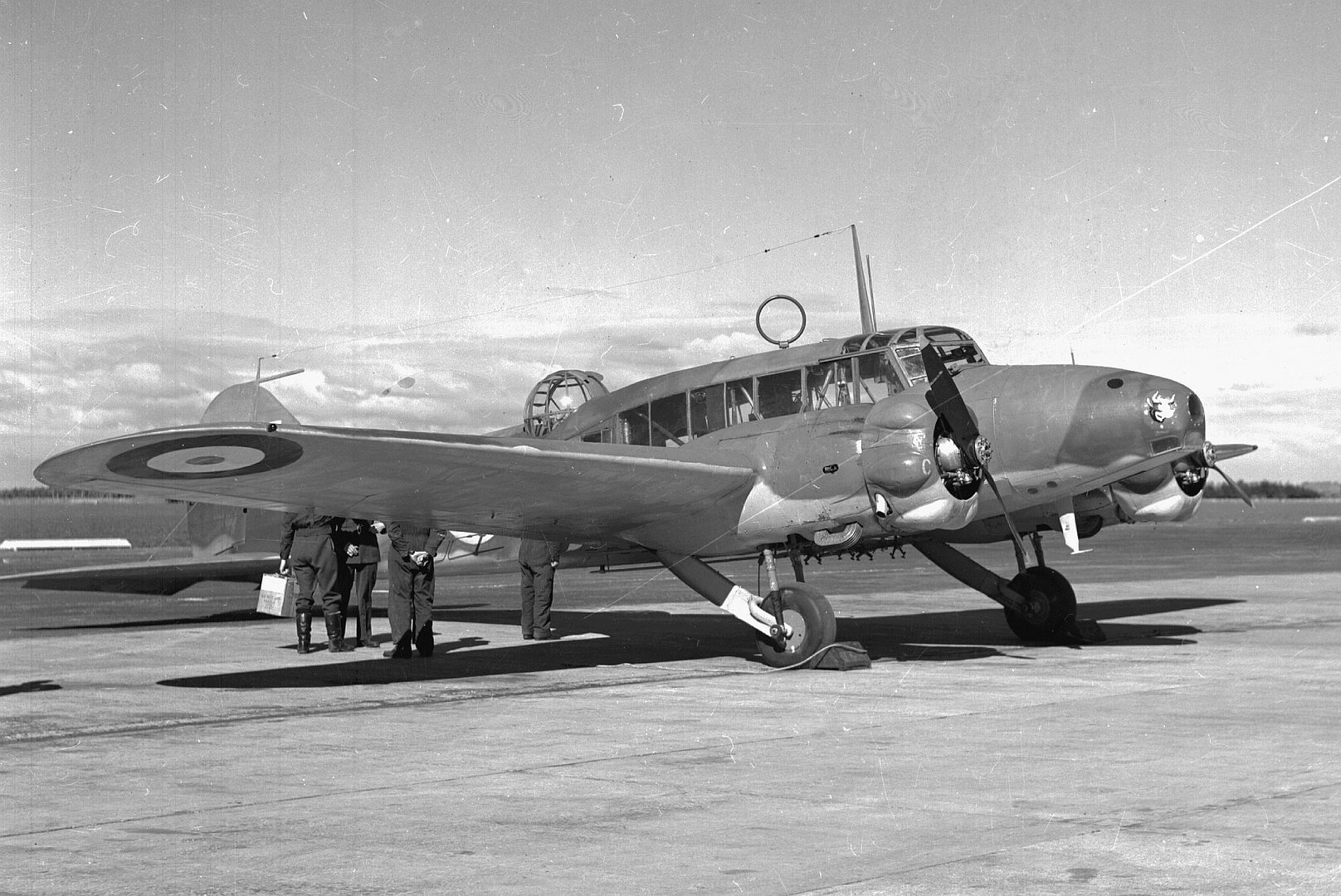


General characteristics MK I
Crew: Three-four
Length: 42 ft 3 in (12.88 m)
Wingspan: 56 ft 6 in (17.22 m)
Height: 13 ft 1 in (3.99 m)
Wing area: 463 ft? (43.01 m?)
Empty weight: 5,512 lb (2,500 kg)
Loaded weight: 7,955 lb (3,608 kg)
Max. takeoff weight: 8,500 lb (3,900 kg)
Powerplant: Two Armstrong Siddeley Cheetah IX radial engines, 350 hp (261 kW) each
Performance
Maximum speed: 188 mph (163 kn, 302 km/h) at 7,000 ft (2,100 m)
Range: 790 mi (690 nmi, 1,271 km)
Service ceiling: 19,000 ft (5,791 m)
Rate of climb: 750 ft/min (3.8 m/s)
Wing loading: 17.2 lb/ft? (83.9 kg/m?)
Power/mass: 0.088 hp/lb (140 W/kg)
Armament
Guns:
1 ? .303 in (7.7 mm) machine gun in front fuselage
1 ? .303 in (7.7 mm) Vickers K machine gun in dorsal turret
Bombs: 360 lb (163 kg)
Post a reply
- Go to Previous topic
- Go to Next topic
- Go to Welcome
- Go to Introduce Yourself
- Go to General Discussion
- Go to Screenshots, Images and Videos
- Go to Off topic
- Go to Works in Progress
- Go to Skinning Tips / Tutorials
- Go to Skin Requests
- Go to IJAAF Library
- Go to Luftwaffe Library
- Go to RAF Library
- Go to USAAF / USN Library
- Go to Misc Library
- Go to The Ops Room
- Go to Made in Germany
- Go to Campaigns and Missions
- Go to Works in Progress
- Go to Juri's Air-Raid Shelter
- Go to Campaigns and Missions
- Go to Works in Progress
- Go to Skinpacks
- Go to External Projects Discussion
- Go to Books & Resources
